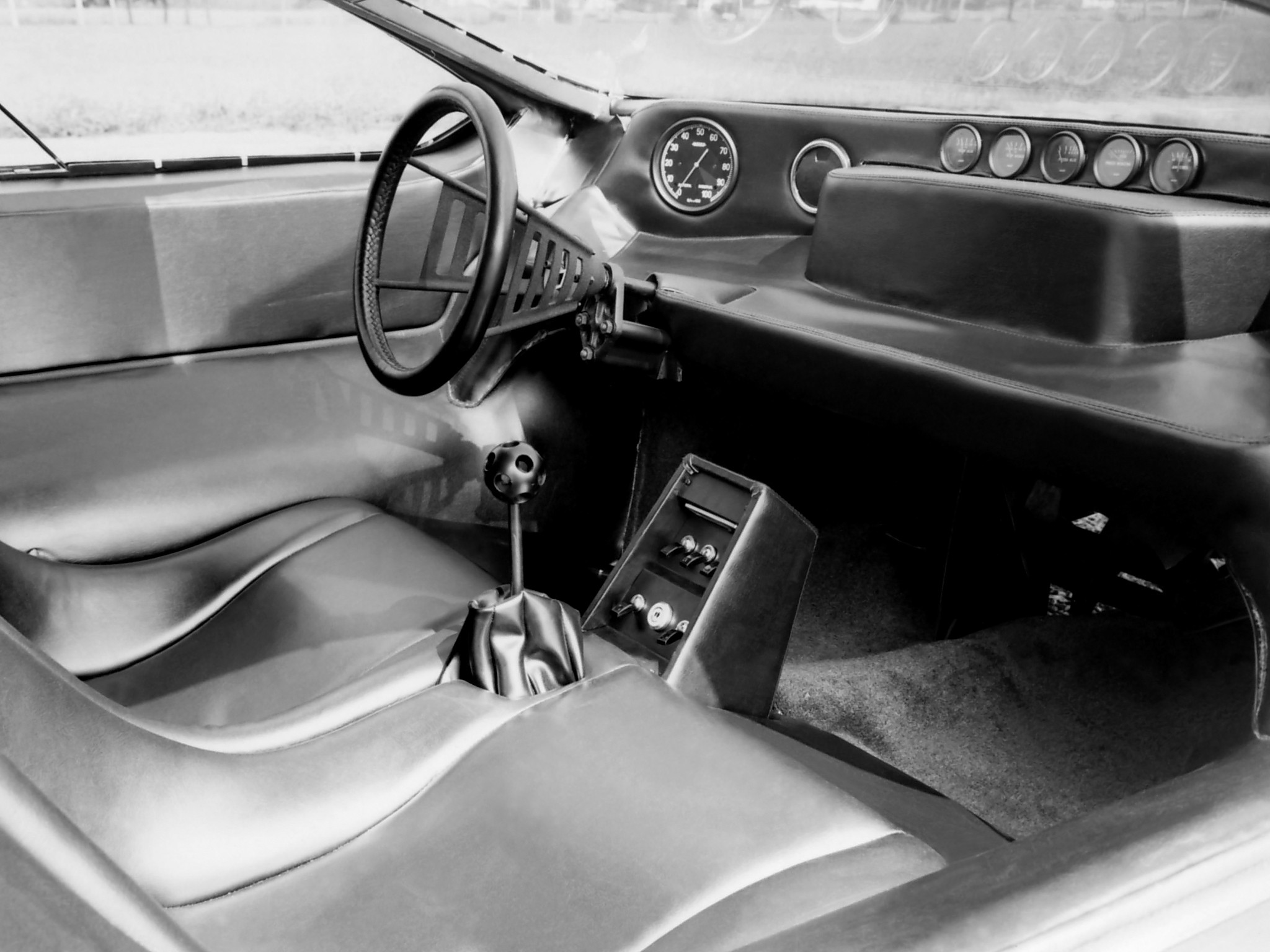The Alfa Romeo Carabo Interior: A Work of Art
The Alfa Romeo Carabo, a concept car unveiled at the 1968 Paris Motor Show, wasn’t just a car; it was a statement. While its wedge-shaped exterior, penned by the legendary Marcello Gandini of Bertone, turned heads, the interior of the Carabo was equally groundbreaking. This article delves into the meticulously crafted interior of this automotive icon, exploring its innovative design, materials, and lasting impact on automotive aesthetics.
A Revolution in Automotive Design: The Carabo’s Interior Philosophy
The interior of the Alfa Romeo Carabo was conceived to be a cohesive extension of its radical exterior. Gandini, known for his futuristic and often angular designs, translated this vision seamlessly into the cabin. The focus was on creating a driver-centric environment that prioritized functionality and visual impact. This wasn’t merely a space to sit; it was an immersive experience, a cockpit designed to thrill and inspire.
Key Design Elements: Unpacking the Carabo’s Interior
Several key features distinguish the Carabo’s interior and solidify its status as a design masterpiece:
- Color Palette: The vibrant green and orange exterior was echoed inside, but with a more sophisticated approach. The use of rich, textured materials in contrasting colors created a dynamic and visually stimulating environment.
- Ergonomics and Functionality: The Carabo prioritized the driver’s needs. The layout was streamlined, with controls strategically placed for easy access. The focus was on minimizing distractions and maximizing the driving experience.
- Geometric Forms: The interior embraced the same sharp angles and geometric forms that defined the exterior. This created a sense of harmony and consistency throughout the vehicle, solidifying its futuristic appeal.
- Butterfly Doors: While the doors themselves were a defining exterior feature, their impact on the interior experience was significant. They provided unprecedented access to the cabin, creating a theatrical entry and exit.
- Minimalist Approach: The Carabo eschewed unnecessary embellishments. The focus was on clean lines, uncluttered surfaces, and high-quality materials, allowing the design to speak for itself.
- Material Choices: The materials were chosen for both their visual appeal and their tactile qualities. Leather, Alcantara, and high-quality plastics were likely used, reflecting the luxury and performance aspirations of the concept.
The Legacy of the Carabo Interior: Influencing Generations
The Alfa Romeo Carabo’s interior wasn’t just a fleeting design trend; it left a lasting impression on the automotive world. Its influence can be seen in:
- Emphasis on Driver-Centric Design: The Carabo helped popularize the idea of designing the interior around the driver, a principle that continues to inform modern car design.
- Use of Bold Color Combinations: The Carabo’s daring use of color paved the way for bolder interior palettes in subsequent vehicles.
- Futuristic Aesthetics: The Carabo’s clean lines, geometric forms, and minimalist approach influenced the design language of numerous sports cars and concept vehicles.
- Introduction of New Materials: The concept showcased the potential of new materials and textures, contributing to the evolution of interior design.
The Carabo’s interior served as a precursor to many of the innovative design features that we take for granted today.
The Carabo in the Modern Era: Relevance and Appreciation
Even decades after its debut, the Alfa Romeo Carabo continues to captivate automotive enthusiasts and designers. Its interior remains a testament to the power of visionary design, demonstrating how a car’s cabin can be more than just a functional space; it can be a work of art. The Carabo serves as a reminder that innovation, bold choices, and a focus on the driver’s experience can create a truly unforgettable automotive legacy.
Frequently Asked Questions (FAQs)
1. What were the key materials used in the Carabo’s interior?
While specific details on the exact materials used can be elusive, it is highly likely that the interior incorporated leather, Alcantara, and high-quality plastics, reflecting the luxurious aspirations of the concept car.
2. How did the Carabo’s interior influence other car designs?
The Carabo’s interior influenced later designs by emphasizing driver-centric design, encouraging bold color combinations, and showcasing futuristic aesthetics.
3. Were there any innovative features in the Carabo’s interior that are still relevant today?
The Carabo’s focus on ergonomics, minimalist design, and the use of high-quality materials remain relevant in modern car design. The concept pioneered many features that are still influential today.
4. What was the primary goal of the Carabo’s interior design?
The primary goal was to create a driver-centric environment that prioritized functionality, visual impact, and an immersive driving experience.




